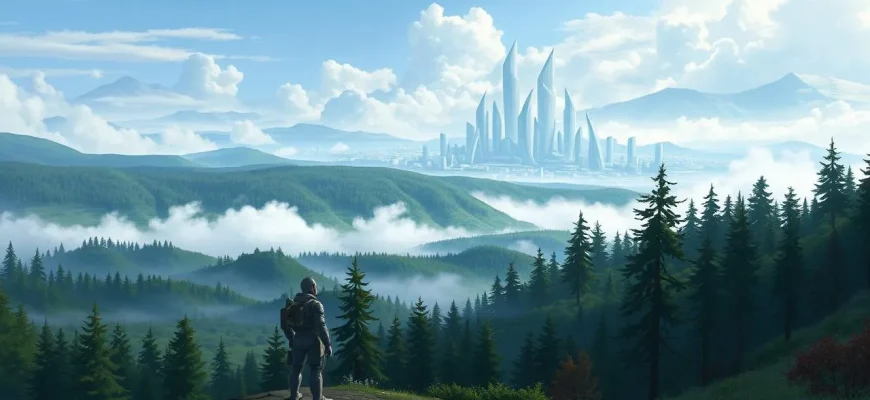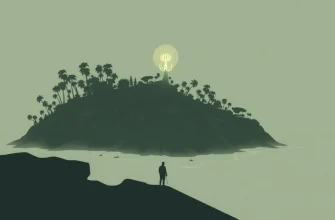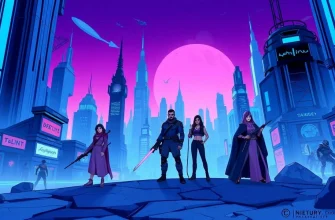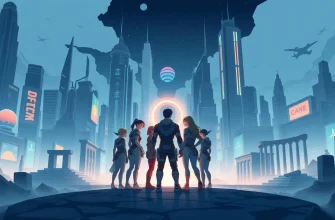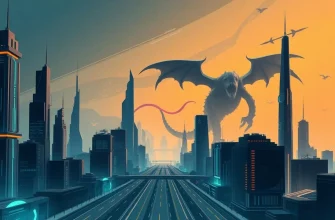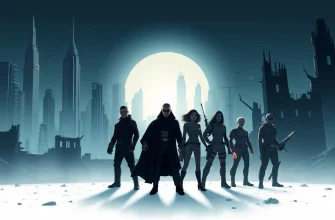Dive into the enchanting world where the untamed wilderness meets the boundless imagination of science fiction. This curated collection of 10 films brings you stories where the natural world becomes a canvas for futuristic tales, alien encounters, and post-apocalyptic adventures. Whether you're a fan of nature documentaries or a sci-fi aficionado, these films offer a unique blend of both, promising an escape into realms where the wild is not just a backdrop but a character in its own right.
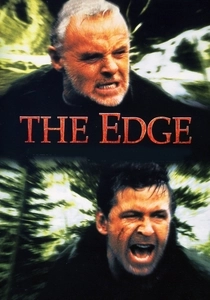
The Edge (1997)
Description: A survival story where a billionaire, a photographer, and a model must navigate the Alaskan wilderness after a plane crash, encountering a bear and their own primal instincts.
Fact: The film was shot in real Alaskan wilderness, and the bear was portrayed by Bart the Bear, a trained Kodiak bear known for his roles in several films.
 Watch Now
Watch Now 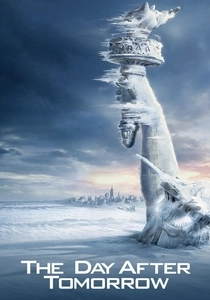
The Day After Tomorrow (2004)
Description: This disaster film explores a sudden global weather shift that plunges the world into a new ice age, showcasing the raw power of nature against human civilization.
Fact: The film's depiction of a superstorm was inspired by real climate change theories, although exaggerated for dramatic effect. It was one of the first major films to address climate change.
 Watch Now
Watch Now 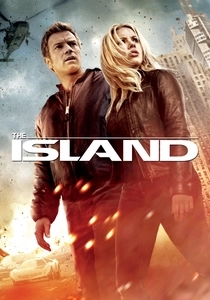
The Island (2005)
Description: In a seemingly utopian facility, inhabitants are told they're survivors of a global catastrophe. The truth reveals a dystopian world where nature has been manipulated for human gain.
Fact: The film's concept was inspired by real-world ethical debates about cloning and the commodification of life.
 Watch Now
Watch Now 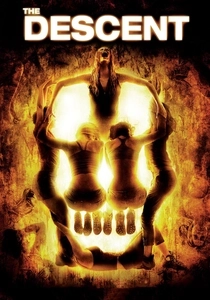
The Descent (2005)
Description: A group of women go spelunking in an uncharted cave system, only to find themselves trapped with creatures that have evolved in isolation, showcasing nature's dark side.
Fact: The film's director, Neil Marshall, wanted to explore themes of primal fear and survival in the most claustrophobic setting imaginable.
 Watch Now
Watch Now 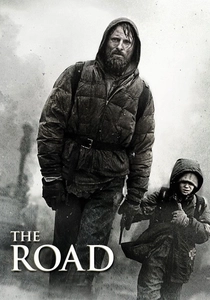
The Road (2009)
Description: A father and son journey through a devastated America, where nature has turned against humanity, offering a stark, bleak vision of survival in a world without hope.
Fact: The film's setting was inspired by real-life events like the Dust Bowl, but taken to an extreme, post-apocalyptic level.
 Watch Now
Watch Now 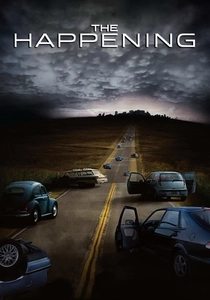
The Happening (2008)
Description: A mysterious event causes plants to release a neurotoxin, leading to mass suicides. The film explores humanity's vulnerability to nature's whims.
Fact: M. Night Shyamalan, known for his twist endings, used real plants and minimal CGI to create the eerie atmosphere.
 Watch Now
Watch Now 
The Book of Eli (2010)
Description: Set in a post-apocalyptic world, a lone wanderer carries a book that holds the key to humanity's survival, navigating through a barren landscape where nature has taken back control.
Fact: The film's director, the Hughes brothers, wanted to explore themes of faith and survival in a world where nature has become both a refuge and a threat.
 Watch Now
Watch Now 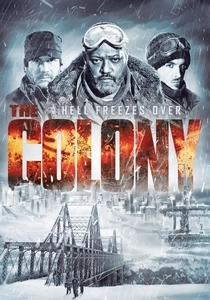
The Colony (2013)
Description: In a post-apocalyptic world, survivors live underground to escape the harsh climate. A group ventures to the surface, discovering a world where nature has reclaimed the earth in unexpected ways.
Fact: The film was shot in a real abandoned mine in Ontario, Canada, adding to its gritty, claustrophobic atmosphere.
 Watch Now
Watch Now 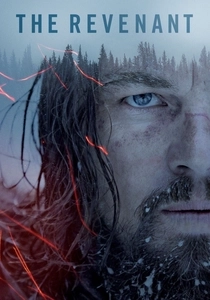
The Revenant (2015)
Description: Based on true events, this film follows a frontiersman's epic journey through the unforgiving wilderness after being left for dead, showcasing nature's brutal beauty.
Fact: The film was shot in sequence to capture the physical and emotional journey of the protagonist, with much of the filming done in harsh, natural environments.
 Watch Now
Watch Now 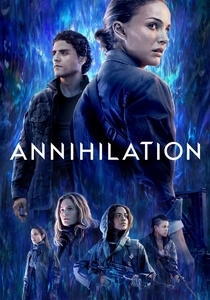
Annihilation (2018)
Description: In this mind-bending sci-fi thriller, a biologist joins an expedition into "The Shimmer," an area where nature has mutated in bizarre ways, creating a hauntingly beautiful yet deadly environment.
Fact: The film's director, Alex Garland, also wrote the screenplay, adapting it from Jeff VanderMeer's novel. The Shimmer's visuals were inspired by real-world phenomena like bioluminescence and iridescence.
 Watch Now
Watch Now 
